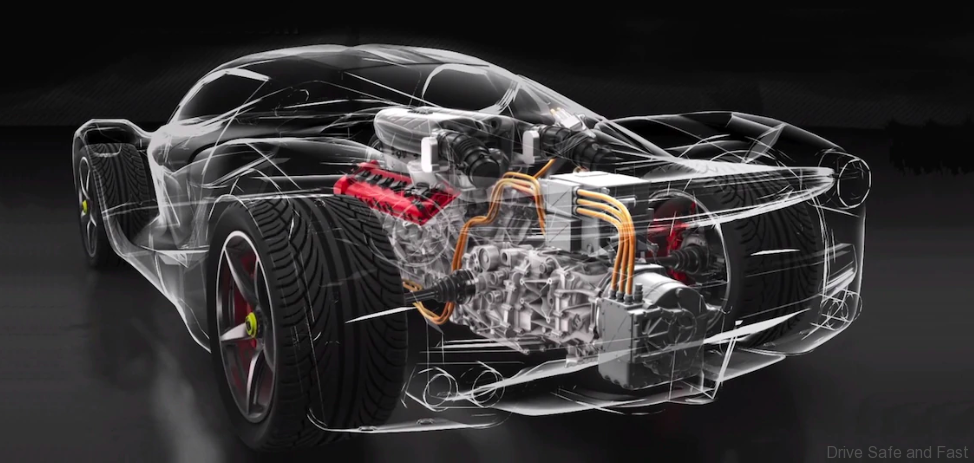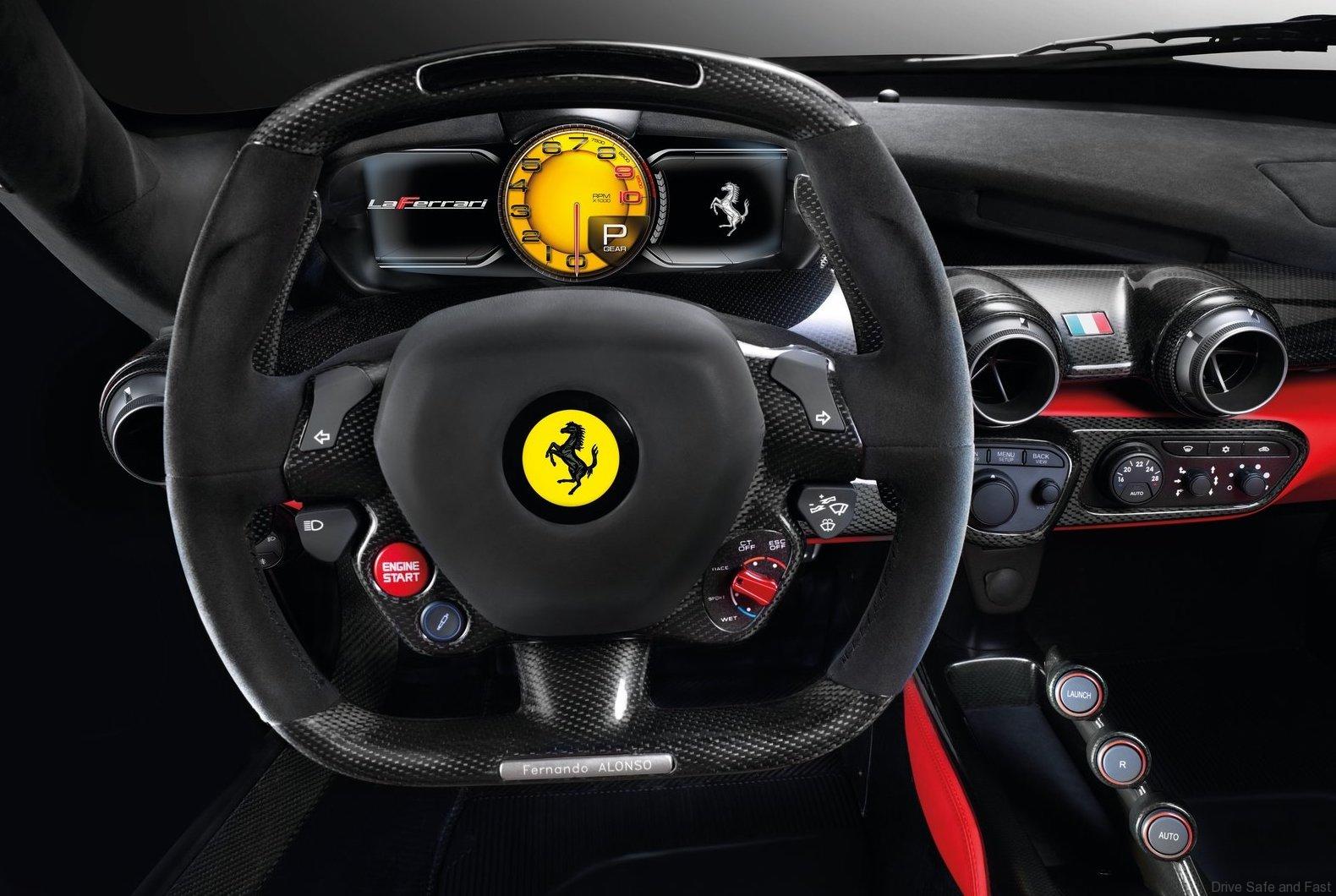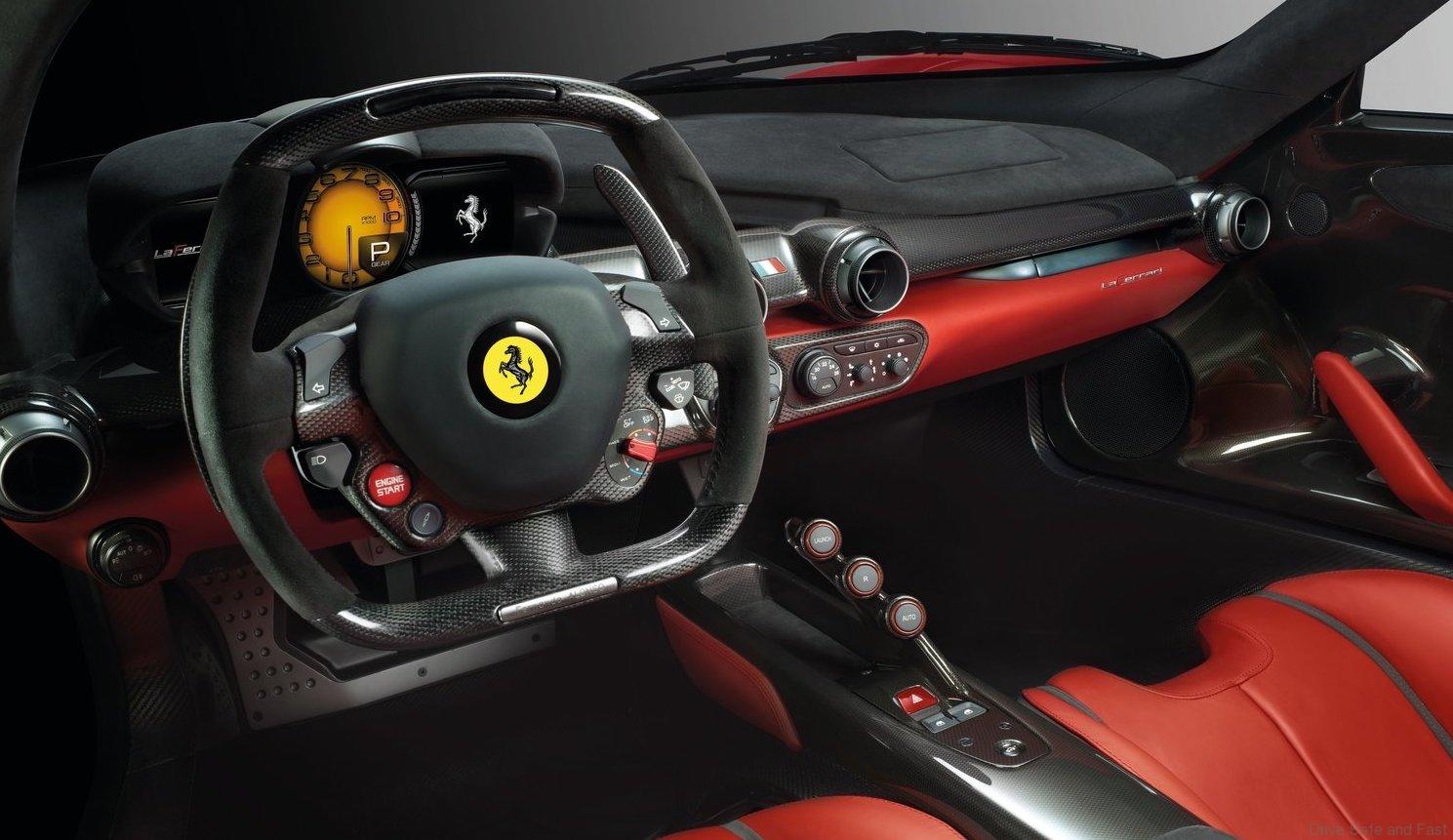We have been sharing the hybrid battery prices of hybrid and plug-in hybrid cars sold in Malaysia this past few months and now we have some interesting prices of the hybrid battery system in the LaFerrari. Yes, this RM4 million plus hybrid supercar delivers a top speed of over 350 km/h, accelerating from 0 to 100 km/h in in under 3 seconds and delivers a 0 to 200km/h acceleration time in just 7.1 seconds.
The LaFerrari’s powertrain uses hybrid technology. It couples a 6262cc V12 with a 120 kW (163 cv) electric motor for a total output of 963 cv. Thanks to the HY-KERS system, it is the most high-performance and efficient Ferrari ever built.
Now all this performance is great if you use your LaFerrari often. Sadly, most owners drive their LaFerrari very very very seldom and so like a smartphone or laptop, if you leave the battery idle for too long and do not charge it for months, it will go dead. Yes, it will need to be replaced and this is where most owners think that it is a simple battery change like your ignition battery.
Well, the LaFerrari uses two hybrid batteries. One small primary battery and one secondary battery system. The primary battery replacement cost is about RM15,000 and the secondary battery system (the main hybrid battery) costs about RM80,000 (prices change every quarter due to currency and supply).
The hybrid system is composed of two electric motors developed in collaboration with Magneti Marelli, one powering the driven wheels and the second the ancillaries and a battery pack attached to the floor of the chassis consisting of cells that are assembled in the Scuderia Ferrari department where the KERS for the F138 is also made. The Scuderia’s expertise allowed considerable savings in weight and size of the individual components and the batteries weigh just 60 kg while providing the highest energy density possible for this kind of application.
The batteries are charged in different ways: under braking (even hard braking with the ABS active) and every time the V12 produces more torque than required, such as in cornering. In the latter instance, rather than the being sent to the wheels, the excess torque is converted to energy and stored in the batteries.
The electric motor is coupled with the F1 dual-clutch gearbox to the benefit of optimal weight distribution, but also to boosting energy efficiency as torque is instantly available to the wheels and, vice versa, from the wheels to the electric motor in recharging.





